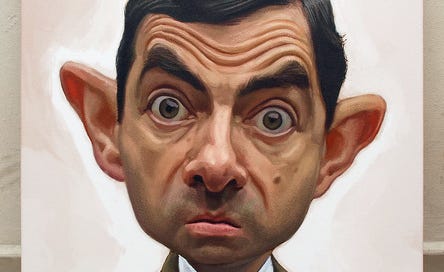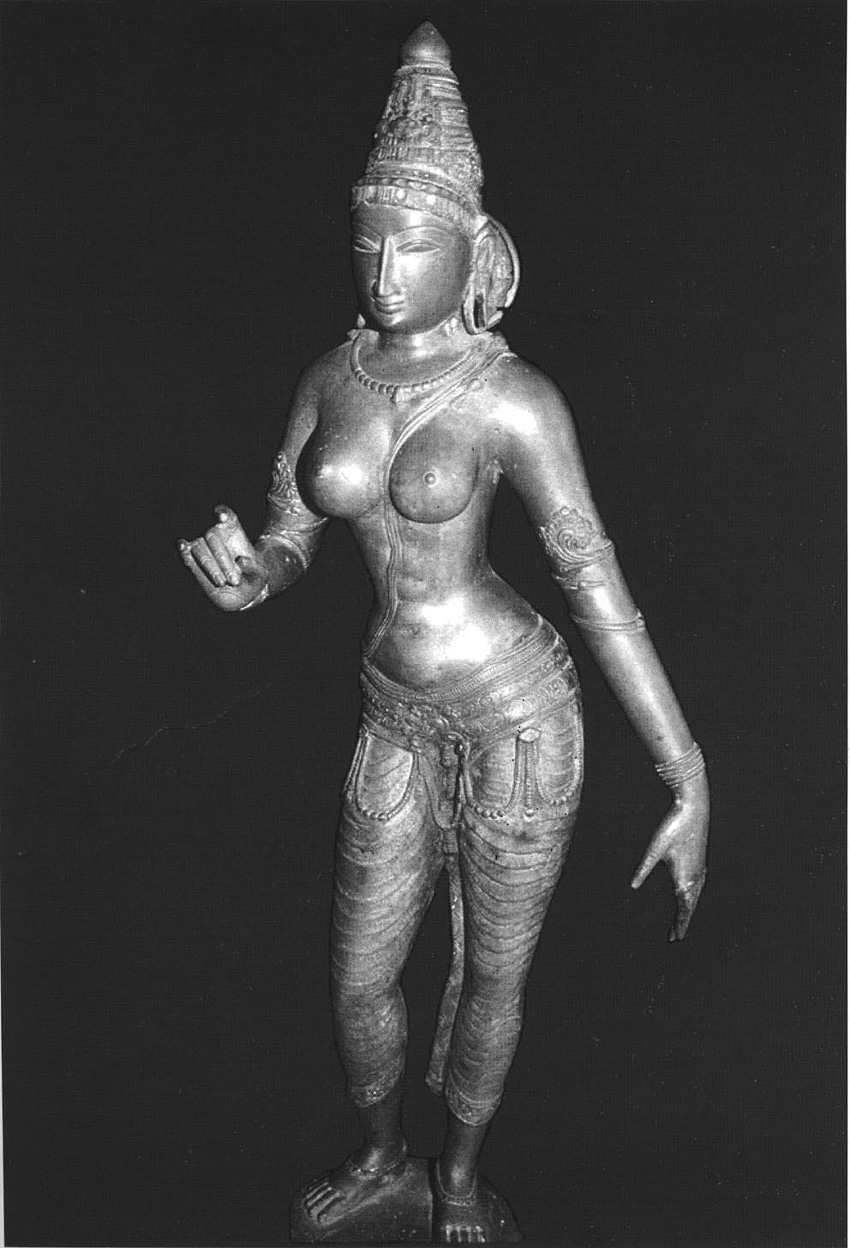Hello there,
If you’re like me, you may have wondered why the hell everyone gets so excited about art.
I mean, doesn’t it sound like the rich man’s pastime, a useless vanity without much logic behind it?
Yes, it is rather baffling to see a piece with a single black line drawn at an angle of 2 degrees sell for a few million dollars at pretentious auctions that seem more like dick-measuring contests for the ultra-rich.
But hang on for a second.
We must not let these events cloud our understanding of art and its evolution. Humans have been doing art for thousands of years, and it wasn’t any of that abstract stuff that is known to induce instantaneous facepalms.
It wasn’t until I read more about the science (neuroscience, to be specific) behind art that I began to develop a slightly better understanding of it.
The ideas of the genius scientist, VS Ramachandran, first opened my eyes to the logic behind art: why it works and why we’re attracted to it.
I wish we’d read his books before writing Think Like The Minimalist, because they offer some fascinating neuro-explanations behind why some of the creative techniques work so beautifully.
Here are a bunch of mind-opening learnings I distilled from his work:
Why we like art: There are many theories on the evolutionary reason behind our attraction to art. One suggests that it may be because art signaled status (which was beneficial for mating), while some suggest that possessing art signaled to the onlooker that you possessed manual dexterity and superior hand-eye coordination, a pretty useful trait for survival. One more intriguing idea is that art was like a VR simulation for cavemen and helped them prepare for their hunt! Since our mental representations aren’t very accurate, drawing out the scene might have helped them prepare better for the actual event.
Peak shift: What is unique about a face? The parts that are different from the average face. So if you take this and turn it up a few notches, you can create a really good caricature of a person. What’s different about Mr Bean’s face? The ears, eyebrows, and nose. Exaggerate them, and you end up with the perfect caricature- distinctive and identifiable despite the obvious excesses.
The same principle works for iconic art pieces like the Chola period Parvati statue- the huge breasts and the impossibly narrow waists make up its essence and produce high levels of activation in the brain.Symmetry: We’re attracted to symmetry because it has been an important filter to identify things that matter: mate, prey, foe, or fruit. All of these have one commonality: they all show symmetry. When we look around, we’re bombarded with so much visual info- it’s the identification of symmetry that helps us zone in on the vital stuff, which is why we have a thing for it.
Symmetry pt 2: Another reason behind this phenomenon is that symmetry signals good health and feels attractive. A parasite infection affected our features and led to a subtle loss of symmetry in our features, and a potential mate who saw this would avoid such a partner. That’s why we’re hardwired to find symmetry attractive, and experiments have shown that babies prefer looking at symmetrical inkblots over asymmetrical ones.
Contrast: The attraction to contrast originally evolved to help us detect red fruits or green trees, once again, a mighty important trait for survival. This feature is now exploited by fashion designers to delineate boundaries between objects and grab attention with their designs. No wonder they succeed in hooking people and trading their wares for insane amounts of cash.
Perceptual problem-solving: We are all attracted to art pieces that don’t seem easily understandable at first, but then gradually reveal themselves as we’re able to see what they truly mean. Check out the example below (taken from our book).
All we can see is a whale at first, but then we see the plastic bottle cleverly hidden in the negative space that forms its mouth, and that brings about an aha! moment. We’re attracted to such pieces because our brains have evolved to produce rewarding sensations when we solve such puzzles. And this happened because solving visual puzzles was important for survival- if you put together the 2-3 disparate yellow-color blobs you saw behind the trees to detect that it was a lion (shit!) you could run away and avoid getting eaten for breakfast. That is why all of us love a good visual puzzle- it’s a trait that is adaptive. (And if you like these kinds of intelligent designs, we’ve at least a few dozen more broken down in our book)
Reading about the logic and neuroscience behind art was pretty eye-opening.
More than anything, it proved that there are certain foundational principles behind why we love various forms of art- and that studying further will reveal only more about who we truly are.
Thanks for tuning in today! If you enjoyed this, please check out:







Great post, i really enjoyed it. There’s a great book on call Art and Physics which is a good read which you also might enjoy. I read it years ago really opened me up to art in a different way as well.
It's amazing that you come up with such disparate topic every Sunday. Is it your rich experience or extensive reading ???